Top 20 AI Marketing Tools of 2025
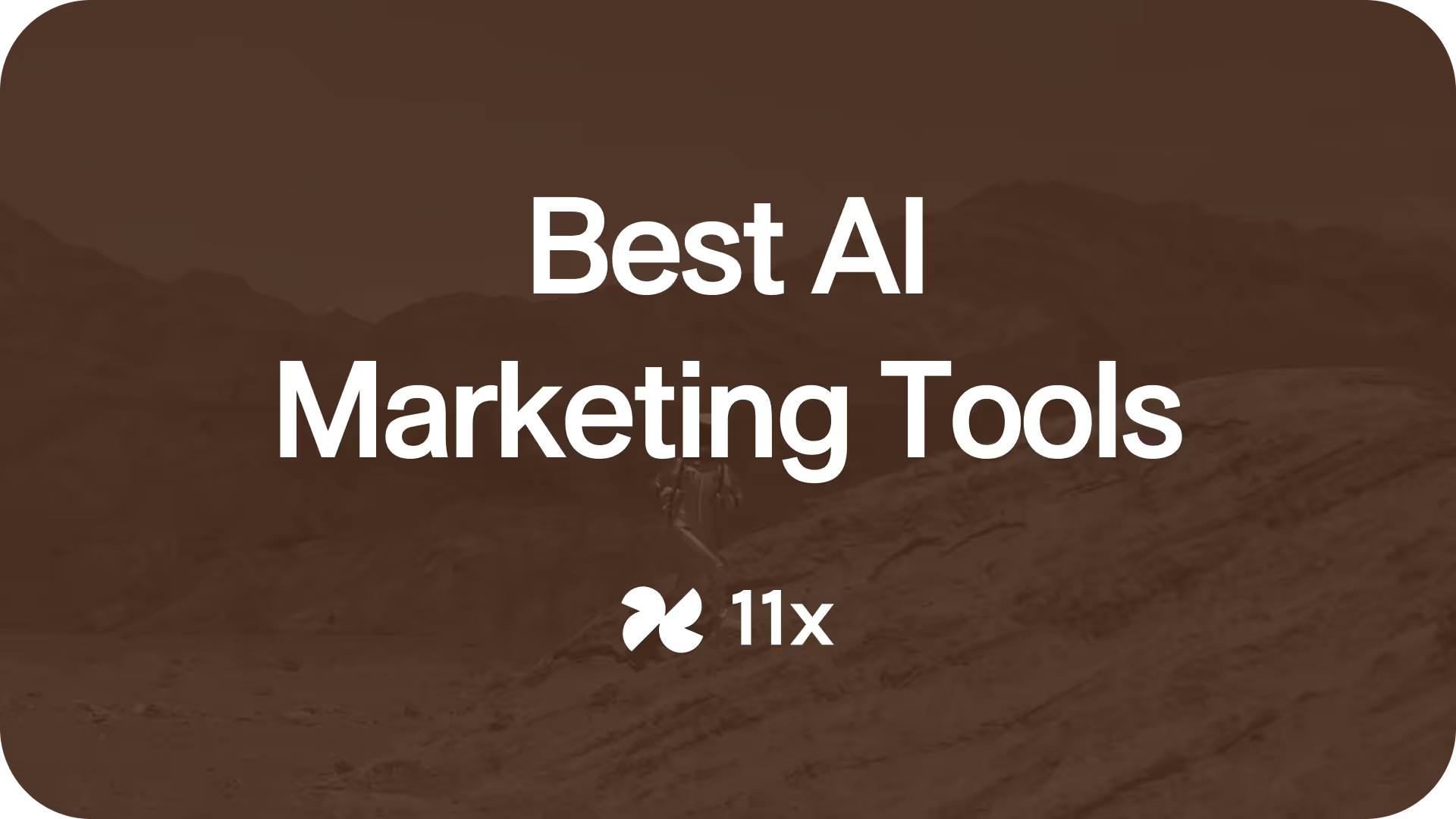
Marketing in 2025 is faster, louder, and more competitive than ever. Teams are expected to ideate marketing campaigns, write content, launch ad campaigns, nurture leads, and analyze performance. All while being on tighter budgets and timelines. To keep up with pace and scale, many organizations now lean on AI-powered tools that automate repetitive workflows and create space for strategy.
At their simplest, AI marketing tools are generative AI and automation systems that help marketers do their jobs faster and smarter. Instead of spending hours researching potential customers, writing first drafts, or editing videos, marketers can use AI to automate those tasks and focus on the higher-value work that requires strategy, creativity, and human judgment. These tools often provide actionable insights that make decision-making sharper and more efficient.
AI-generated tasks span every part of the funnel. Some, like 11x, act as full-fledged AI digital workers for prospecting and inbound qualification. Others generate or edit content, optimize for SEO, design visuals, automate workflows, improve audience segmentation, or analyze customer interactions and sentiment analysis to enhance the customer experience.
AI Marketing Tools at a Glance
Below is a quick at-a-glance view of the top categories of AI marketing tools, along with some leading examples in each.
AI digital workers & assistants
- For: Handle outbound prospecting, inbound qualification, research, and daily marketing efforts.
- Examples: 11x, ChatGPT, Notion AI
Content generation & editing
- For: Draft and refine copy, create personalized email campaigns, shape content strategy, and polish messaging for blogs or social media posts.
- Examples: Jasper, Writer, Grammarly, Hemingway
SEO & optimization
- For: Improve on-page performance, generate SEO briefs, and track keyword opportunities using predictive analytics and advanced algorithms.
- Examples: Clearscope, Surfer SEO, ContentShake AI
Visuals, audio & video
- For: Design graphics, create or edit video, and generate voice or audio assets to fuel content marketing.
- Examples: DALL·E 3, Canva, Adobe Photoshop, Runway, Descript, ElevenLabs
Automation & data
- For: Automate workflows, extract insights, and manage data-driven processes.
- Examples: Zapier, Gumloop, Browse AI, FullStory
1. 11x (Alice & Julian)

11x differentiates itself by offering AI digital workers instead of lightweight assistants. Alice is an outbound SDR that automates prospect research, personalization, and outreach across channels, while Julian handles inbound, instantly calling and qualifying leads.
Unlike point solutions that cover only one task, 11x covers the entire front end of the funnel. Teams see 61% higher inbound conversion, 2.5× lower cost per lead, and savings of ~$600k in SDR headcount. Otter.ai, for example, cut $500k in salaries while tripling outreach volume in just two weeks.
For GTM leaders, 11x is a compelling alternative to expanding sales teams or stitching together separate tools for prospecting, c, and lead response. With ROI modeled at 20×, its positioning is clear: pipeline without the payroll.
2. ChatGPT
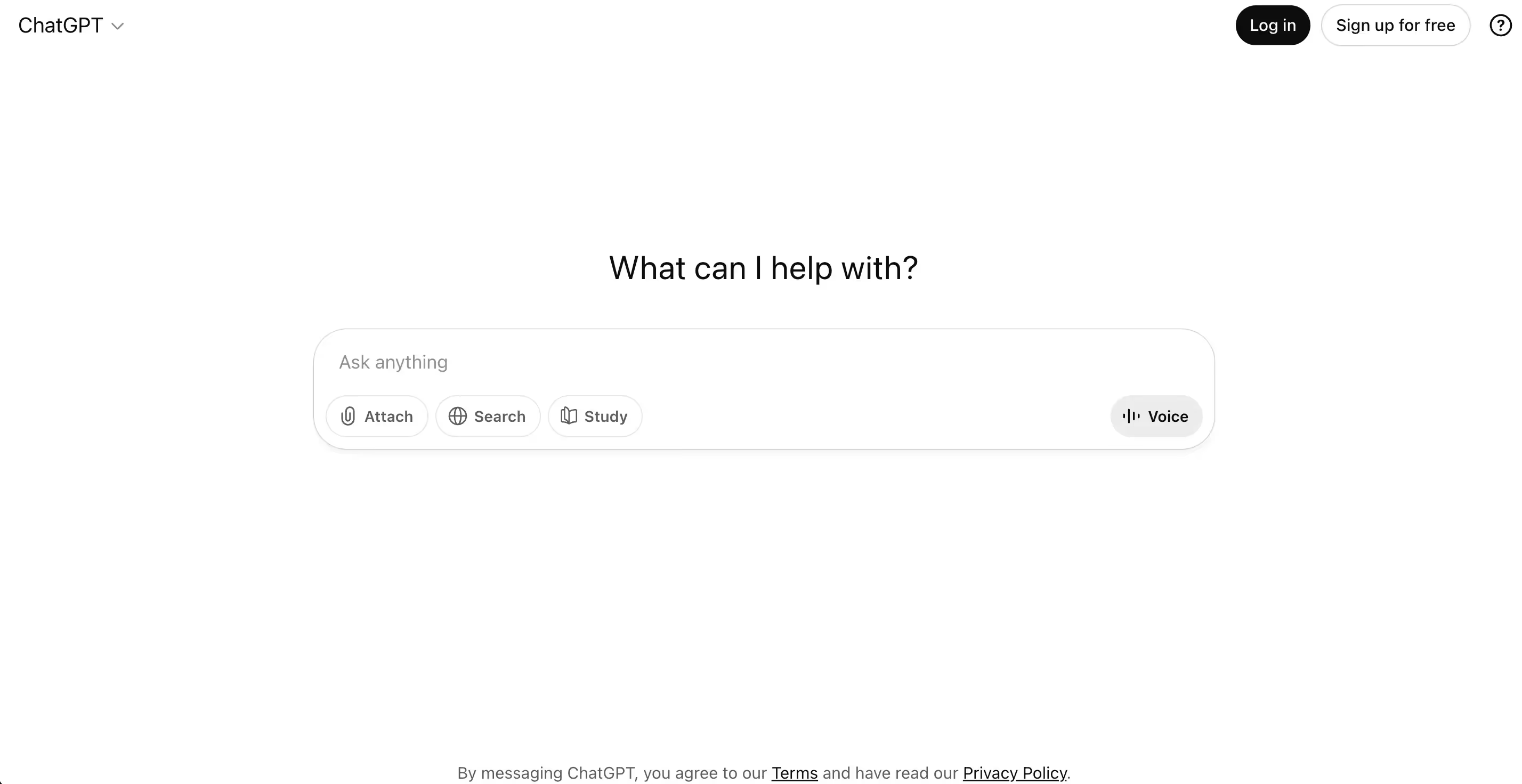
ChatGPT stands out for its versatility. Unlike niche AI apps, it can handle everything from brainstorming ad copy to summarizing research to running customer-facing chatbots. Its conversational design makes it accessible to any marketer, while custom GPTs and API integrations extend it into more advanced workflows.
Compared to Jasper or Writer, ChatGPT isn’t tied to pre-built marketing templates; it adapts to prompts and context, giving teams more flexibility. When connected to platforms like Zapier, it becomes a workflow engine, automatically updating CRMs or generating email drafts on the fly. Outputs require human review, but for speed, breadth, and accessibility, ChatGPT remains the baseline AI tool in nearly every stack.
3. Notion AI
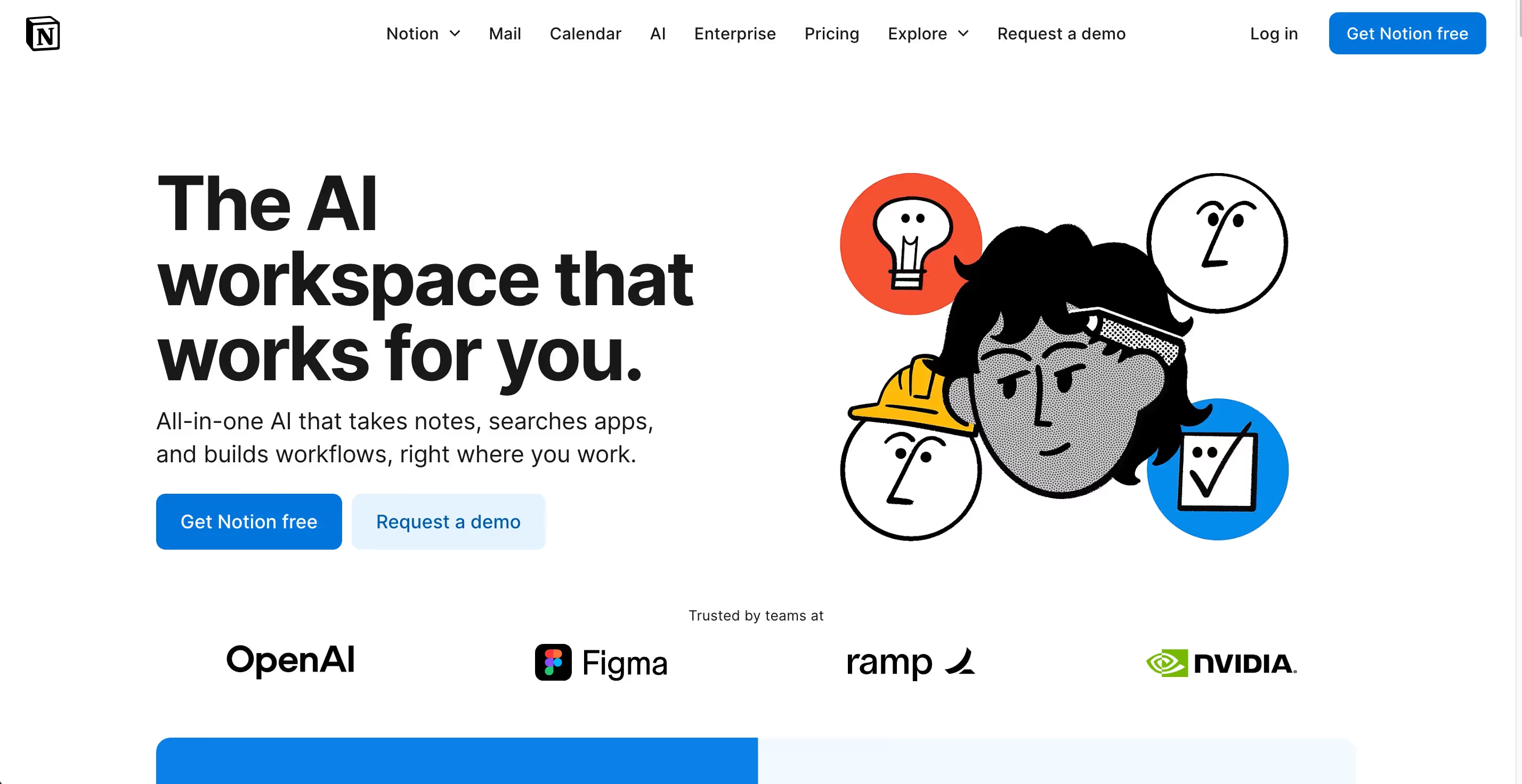
Notion AI differentiates itself by embedding intelligence directly into a team’s workspace. While standalone writing tools like Jasper or Grammarly handle documents in isolation, Notion AI can summarize meeting notes, brainstorm content ideas, or auto-complete project updates within the same environment where marketers already collaborate. It’s particularly strong for cross-functional teams that live in Notion for project management and knowledge sharing.
The integration means less copy-paste across tools and more in-context assistance. For GTM leaders who want lightweight AI without another platform to manage, Notion AI turns the company wiki and task tracker into a more powerful operating system.
Its value is contextual intelligence: instead of copy-pasting drafts between apps, users get actionable insights tied to ongoing projects. Cross-functional teams gain efficiency because updates, ideas, and marketing efforts all live in one place.
4. Jasper
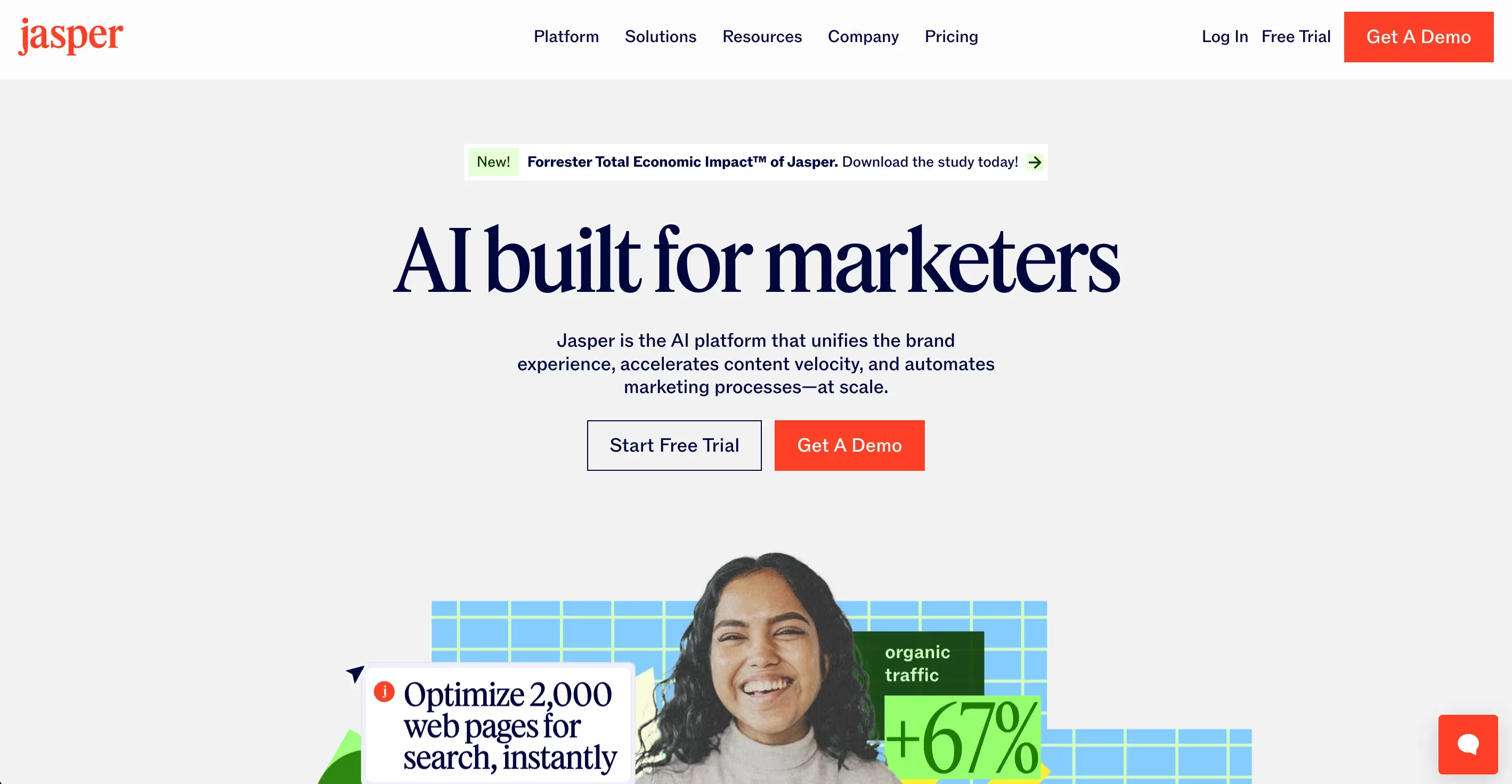
Jasper built its reputation as one of the first AI copywriting platforms and remains differentiated by its brand voice training. Unlike ChatGPT, Jasper lets teams upload style guides, company facts, and product catalogs, ensuring outputs stay on-brand.
It integrates with Surfer SEO for predictive analytics on rankings and Grammarly for tone. Unlike general LLMs, Jasper is focused: building consistent messaging that adheres to corporate standards. It excels in organizations that need repeatable, scalable content pipelines across digital marketing channels.
5. Writer

Writer positions itself as an enterprise-grade AI writing assistant, with stronger compliance and governance than many consumer-first tools. Its differentiator is collaboration: style guides, approved terminology databases, and shared snippets ensure consistency across large, distributed teams.
Unlike Jasper or ChatGPT, Writer’s outputs are light-touch, often making subtle edits and recommendations instead of rewriting whole drafts, appealing to regulated industries like finance or healthcare where accuracy matters.
Clients like Deloitte and Accenture rely on it to enforce brand standards across thousands of employees. For marketing teams that value control and compliance as much as creativity, Writer is a safer AI choice than more open-ended generators.
6. Grammarly
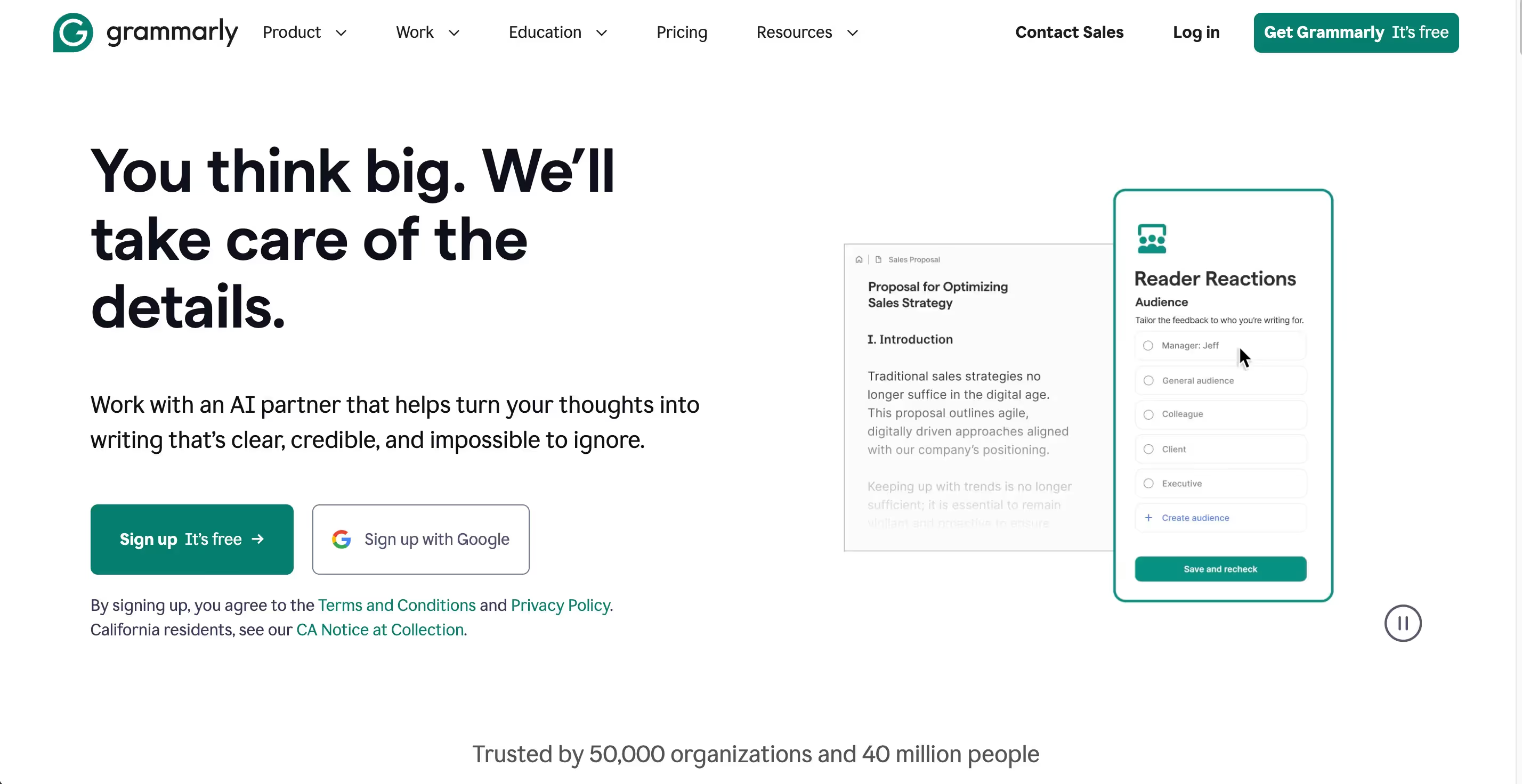
Grammarly started as a grammar checker, but now differentiates itself as a real-time writing coach with generative AI built in. While not as powerful as Jasper for long-form content, it’s unmatched for polishing drafts and enforcing tone across emails, blog posts, and social updates. Marketers appreciate its ability to maintain a consistent voice by using brand style guides.
Compared to Hemingway, which focuses purely on readability, Grammarly offers a broader set of corrections, from syntax to word choice. It also integrates directly into Gmail, Word, and browsers, making adoption seamless. For teams looking to elevate professionalism across all written communications, Grammarly is a must-have.
7. Hemingway Editor
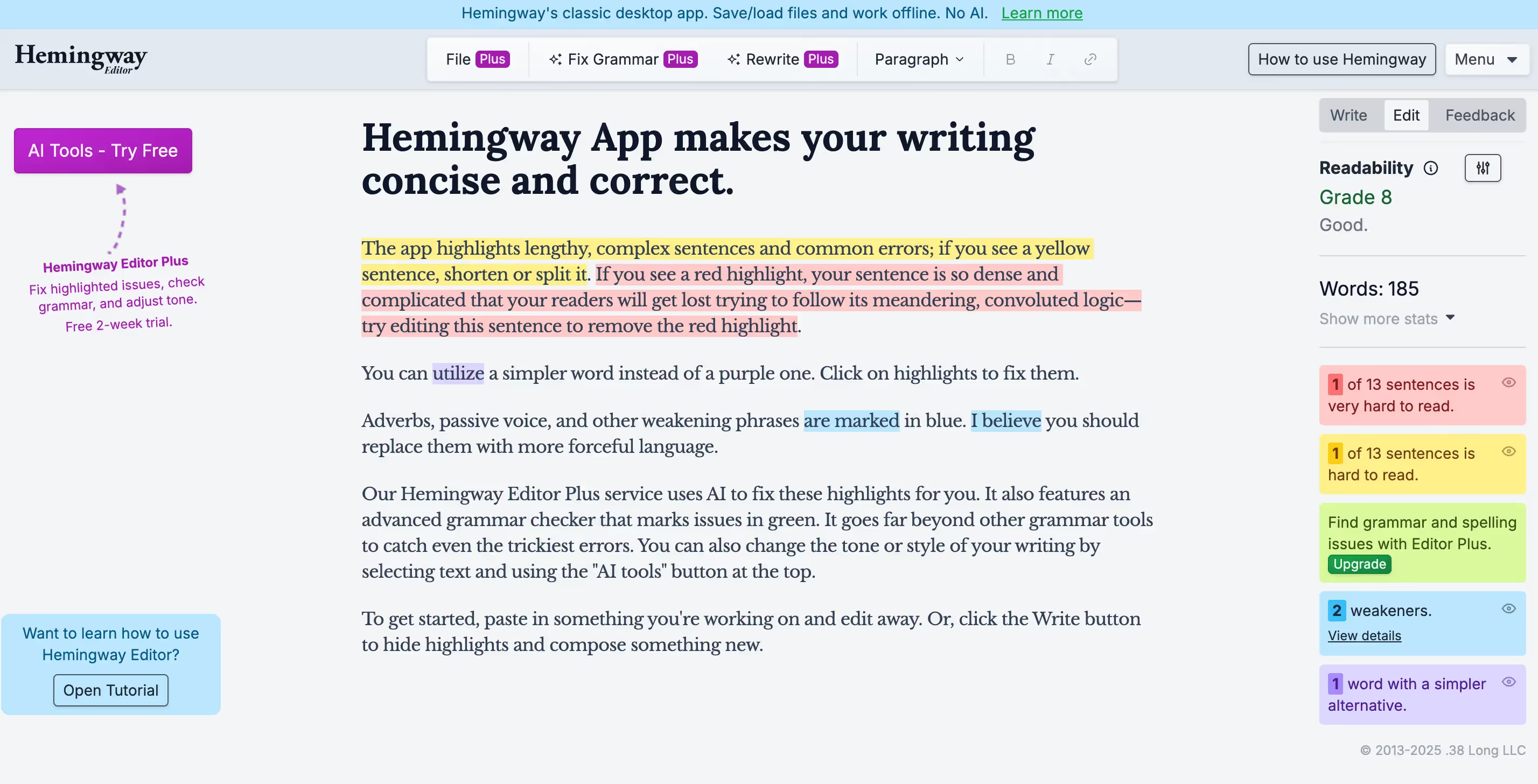
Hemingway takes a different approach from Grammarly by focusing purely on readability. It highlights complex sentences, passive voice, and adverbs, aiming to make content punchier and more direct. While it lacks Grammarly’s integrations or Jasper’s generative power, it shines as a free or low-cost tool to ensure content is easy to digest.
For marketers producing blog posts, newsletters, or landing pages aimed at broad audiences, Hemingway ensures writing stays accessible. Its limitation is rigidity, sometimes oversimplifying prose that should retain nuance. Still, for lean teams or freelancers, Hemingway is an invaluable editing companion to improve clarity before publication.
8. Clearscope
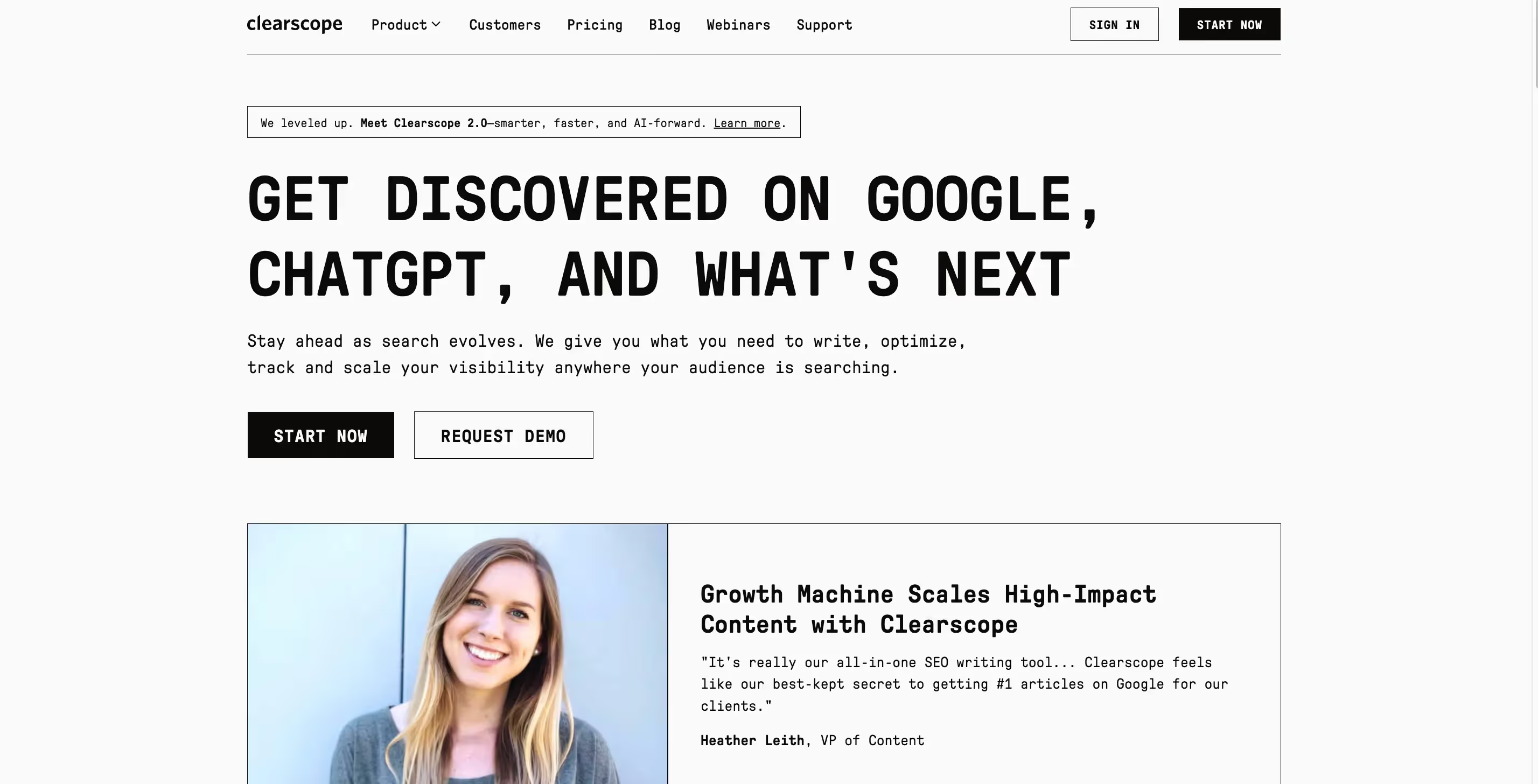
Clearscope differentiates itself with SEO-grade depth. Unlike Jasper or Writer, which generate copy, Clearscope focuses on optimization, scanning top-ranking content and recommending keywords, questions, and structure to help teams compete. Its reports act as a blueprint for writers, making it especially useful for agencies or enterprises managing external contributors. While more expensive than Surfer SEO, it delivers highly detailed recommendations and shareable briefs.
For marketers serious about organic growth, Clearscope is less about writing faster and more about writing smarter, with a measurable impact on rankings and traffic.
9. Surfer SEO
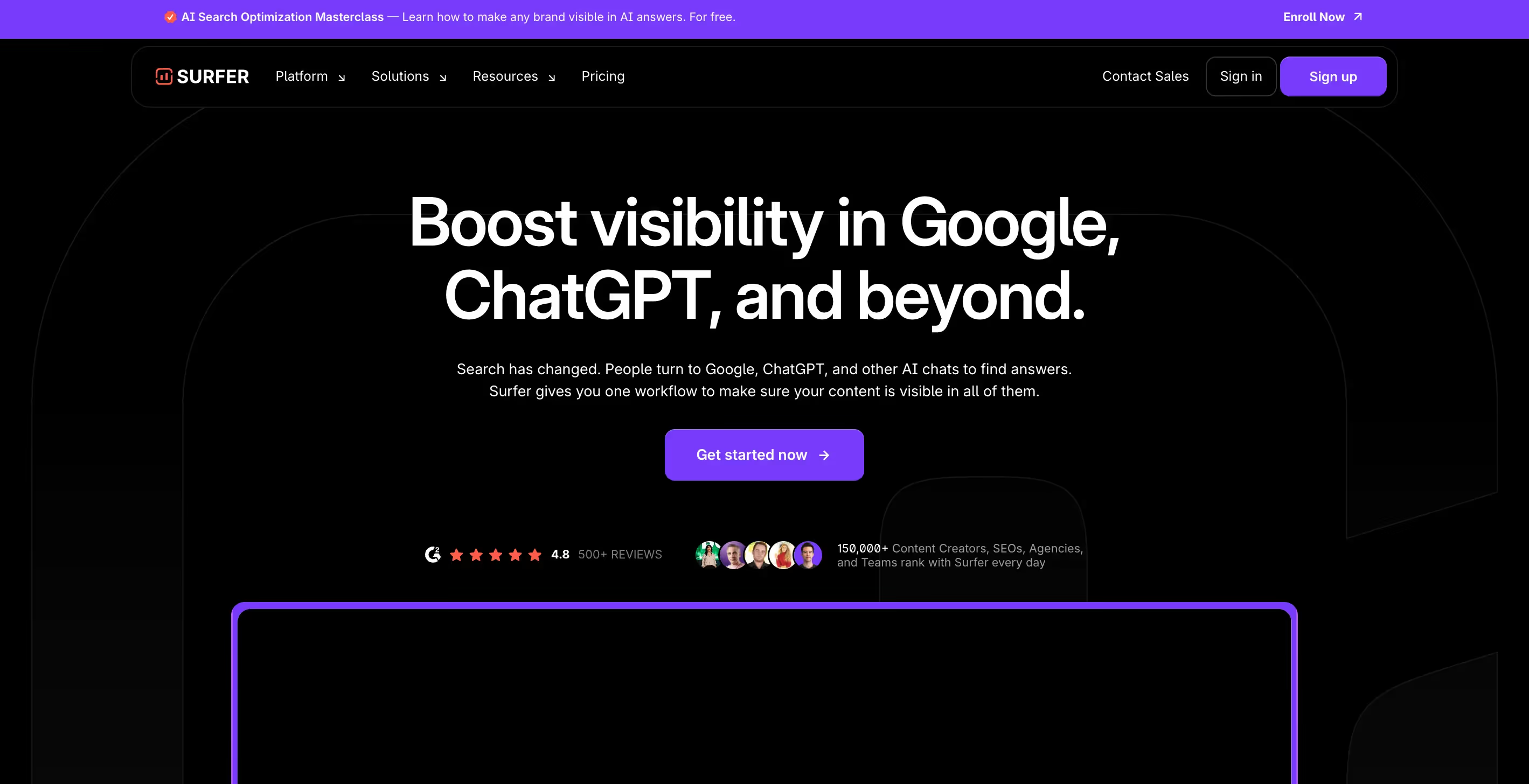
Surfer stands out for blending SEO insights with content generation. Unlike Clearscope, which focuses narrowly on optimization, Surfer includes an AI writing feature that combines keyword data with draft generation. It’s less precise than Clearscope in competitive analysis but more versatile for small teams that want an all-in-one solution. Integrations with Jasper, WordPress, and Google Docs make it practical for everyday workflows.
Pricing accessibility has made it a strong choice for startups, mid-market teams, and marketing agencies producing SEO-driven blogs at scale.
10. ContentShake AI
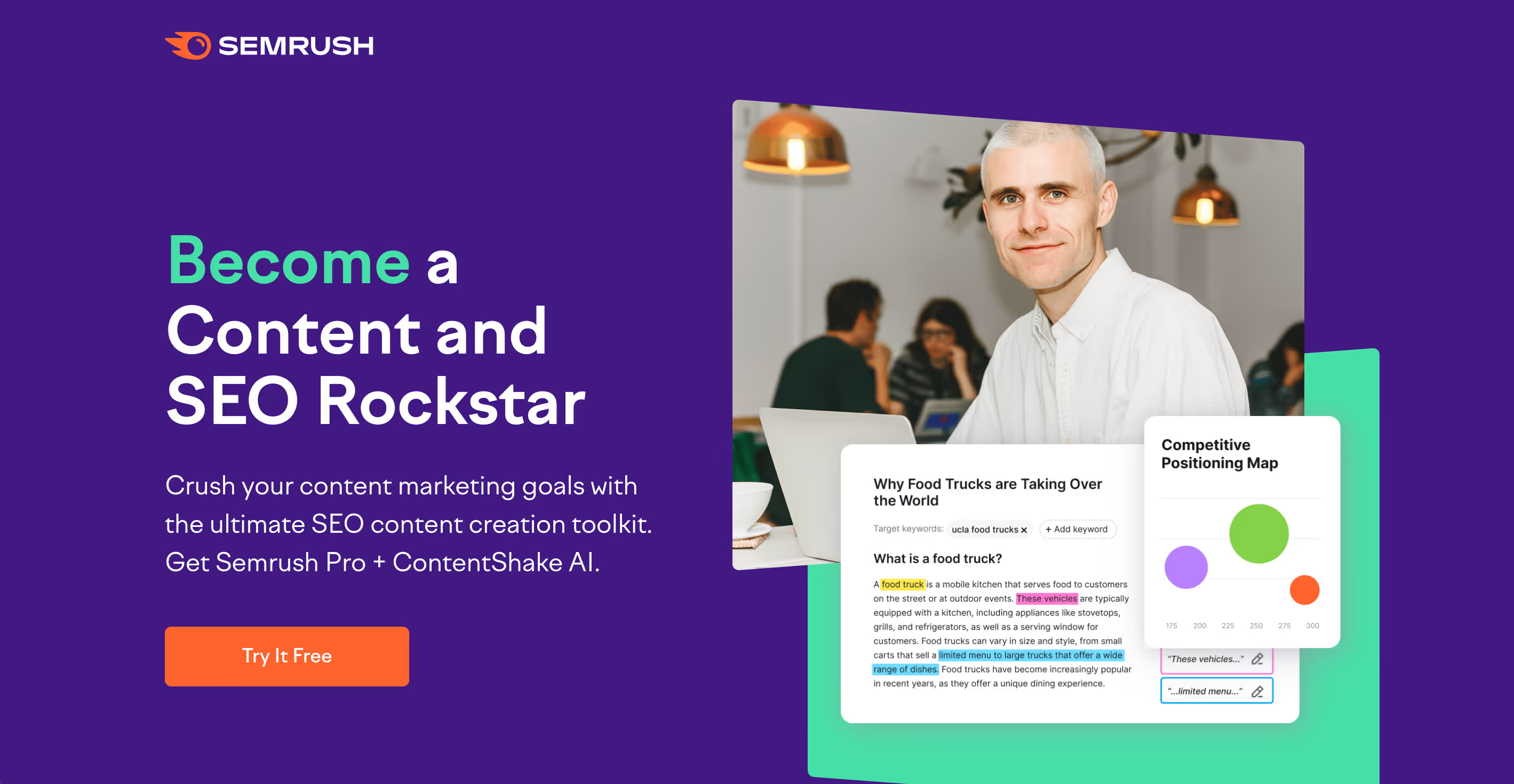
ContentShake AI, powered by Semrush, differentiates itself by combining SEO data with AI generation in one platform. Where Surfer provides optimization after drafting, ContentShake starts with trending topics and builds optimized outlines before producing copy. Its ability to mirror a brand’s tone based on uploaded samples makes it stand out in personalization. It also supports multi-language publishing, which is rare among competitors.
The tradeoff is a younger interface and occasional bugginess, but for teams already using Semrush, ContentShake is a natural extension to accelerate blog and landing page production with SEO baked in.
11. DALL·E 3
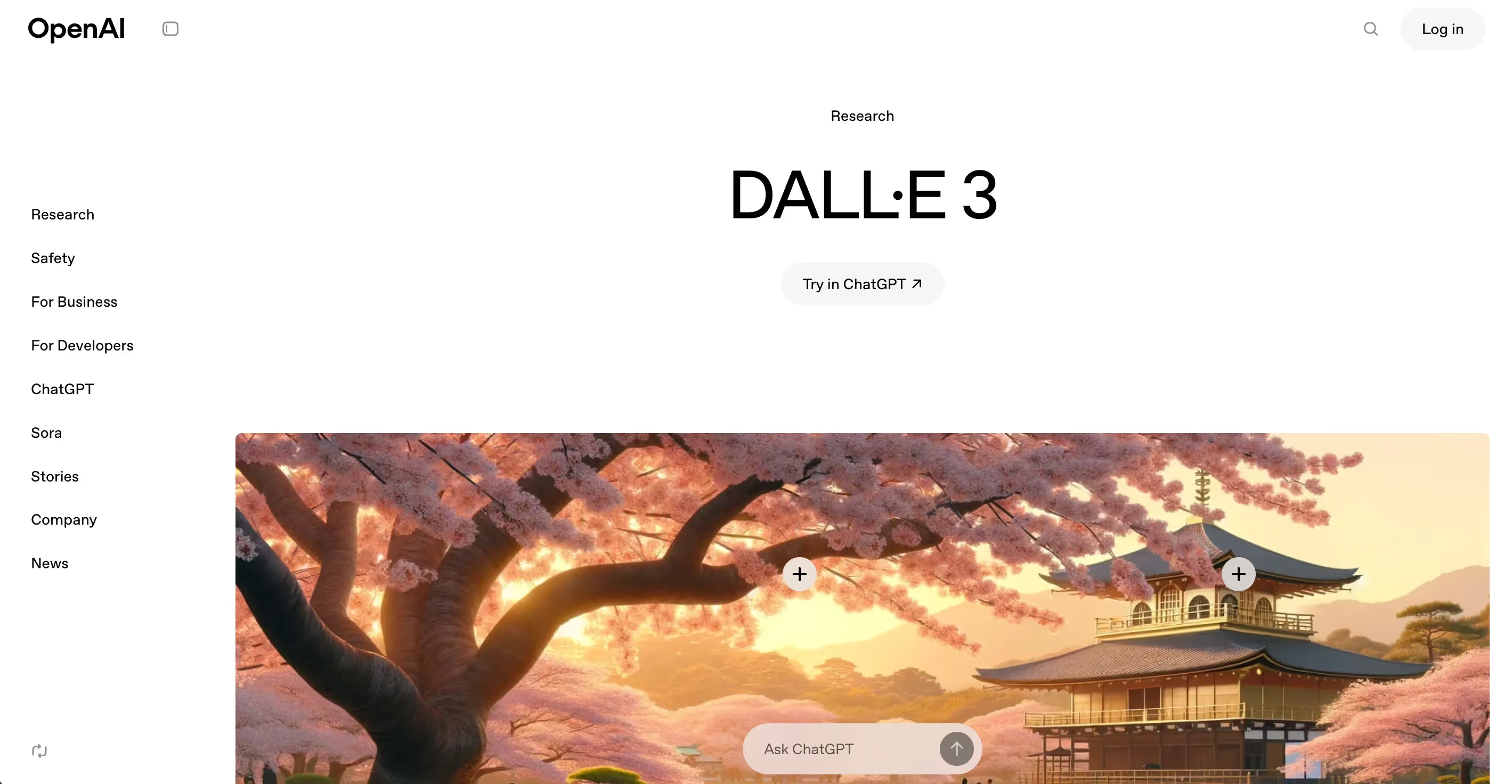
DALL·E 3, from OpenAI, remains one of the easiest AI image generators for marketers. Compared to Midjourney, which requires Discord, DALL·E is embedded in ChatGPT and Microsoft Copilot, making it accessible in tools marketers already use. Its differentiator is simplicity; clear prompts yield usable outputs quickly.
While it lacks the fine-grained controls of professional design software, it’s ideal for blog headers, social graphics, and ad variations on the fly. For marketing teams that want fast, brand-aligned visuals without hiring designers for every small asset, DALL·E is the go-to.
12. Canva
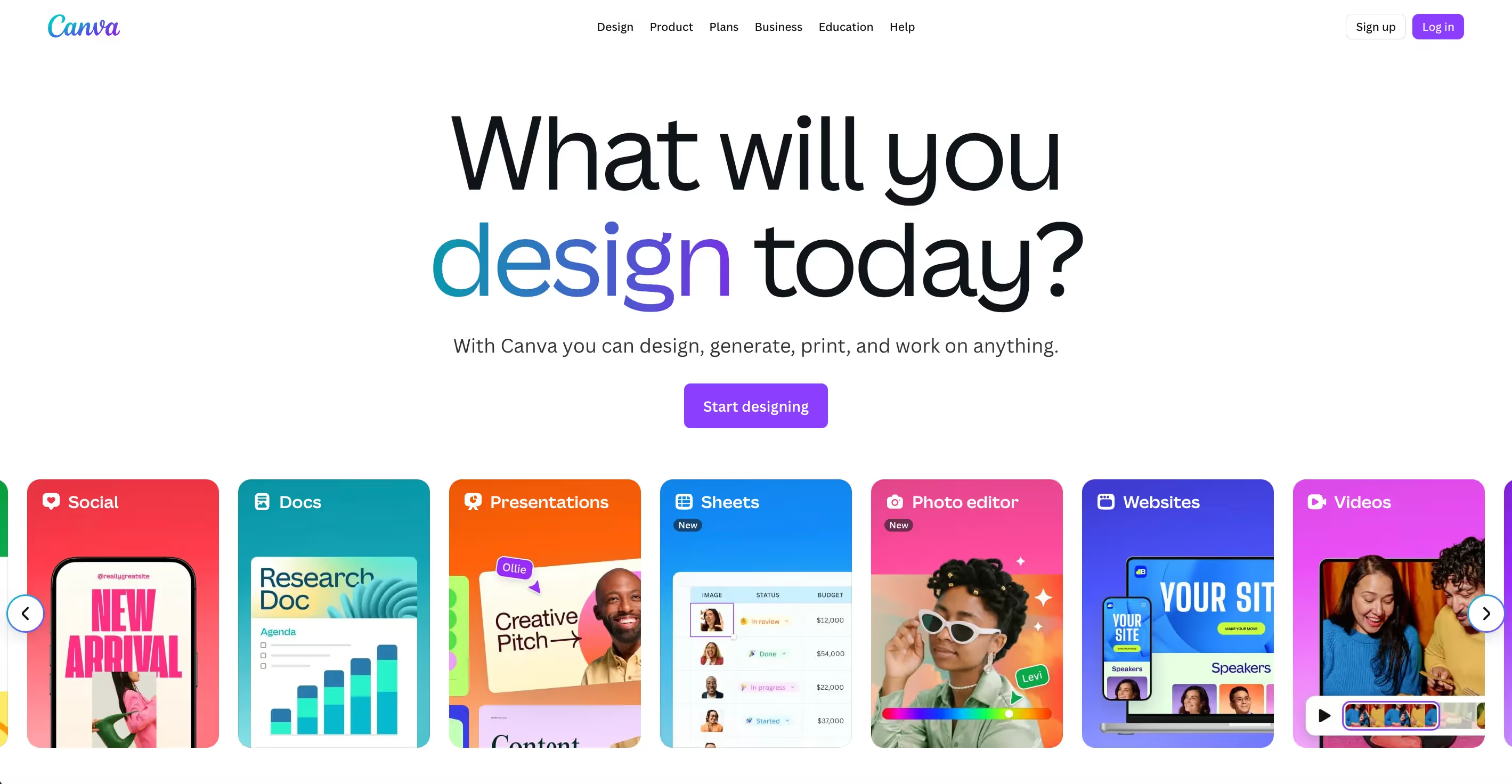
Canva’s advantage is its combination of AI-powered design features with a massive library of templates. Unlike Photoshop, which requires design expertise, Canva is built for marketers who need to create graphics fast. AI tools like Magic Design and text-to-image accelerate the process, while integrations with Zapier allow automated workflows.
The free tier is generous, making it a popular entry point for startups and solo marketers. Canva isn’t a replacement for professional creative teams, but it’s the most practical design tool for producing quick, polished assets at scale.
13. Adobe Photoshop
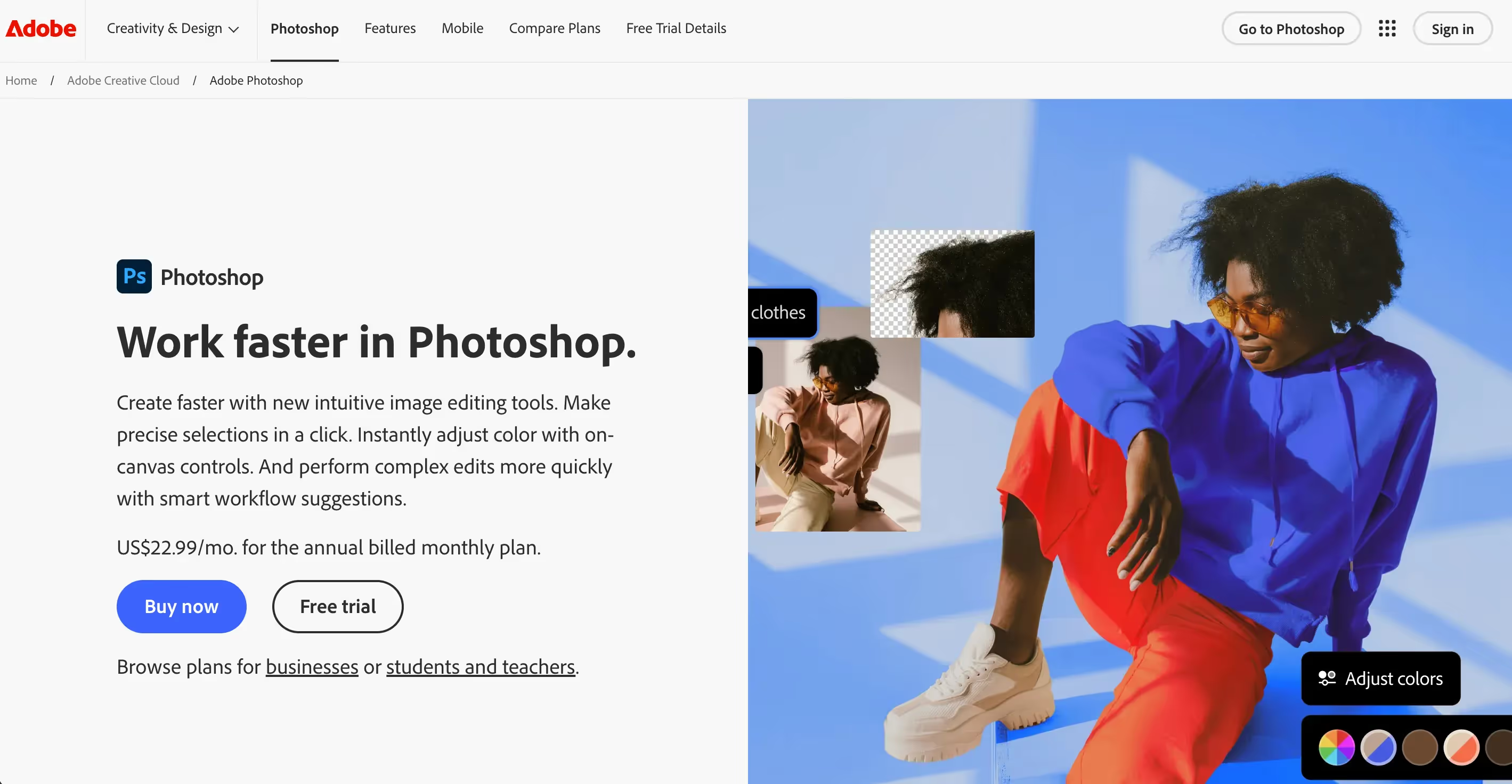
Photoshop remains the gold standard for design, but its differentiator in the AI era is Generative Fill, which lets marketers remove objects or extend images seamlessly. Compared to Canva, Photoshop is more powerful but has a steeper learning curve. For brands with in-house creative talent, Photoshop’s AI features add efficiency on top of professional-grade design.
It’s less suited to non-designers but essential for teams that need brand-perfect assets and advanced editing beyond what template-based tools can offer.
14. Runway

Runway differentiates itself with AI-first video generation. While tools like Descript focus on editing, Runway enables text-to-video creation, background removal, and slow-motion effects. Its advanced AI capabilities appeal to marketers experimenting with short-form or explainer videos without production crews.
The tradeoff is a learning curve and sometimes uncanny results, but it remains one of the most innovative platforms in video AI. For teams that want to push creative boundaries in video content, Runway offers capabilities few competitors match.
15. Descript
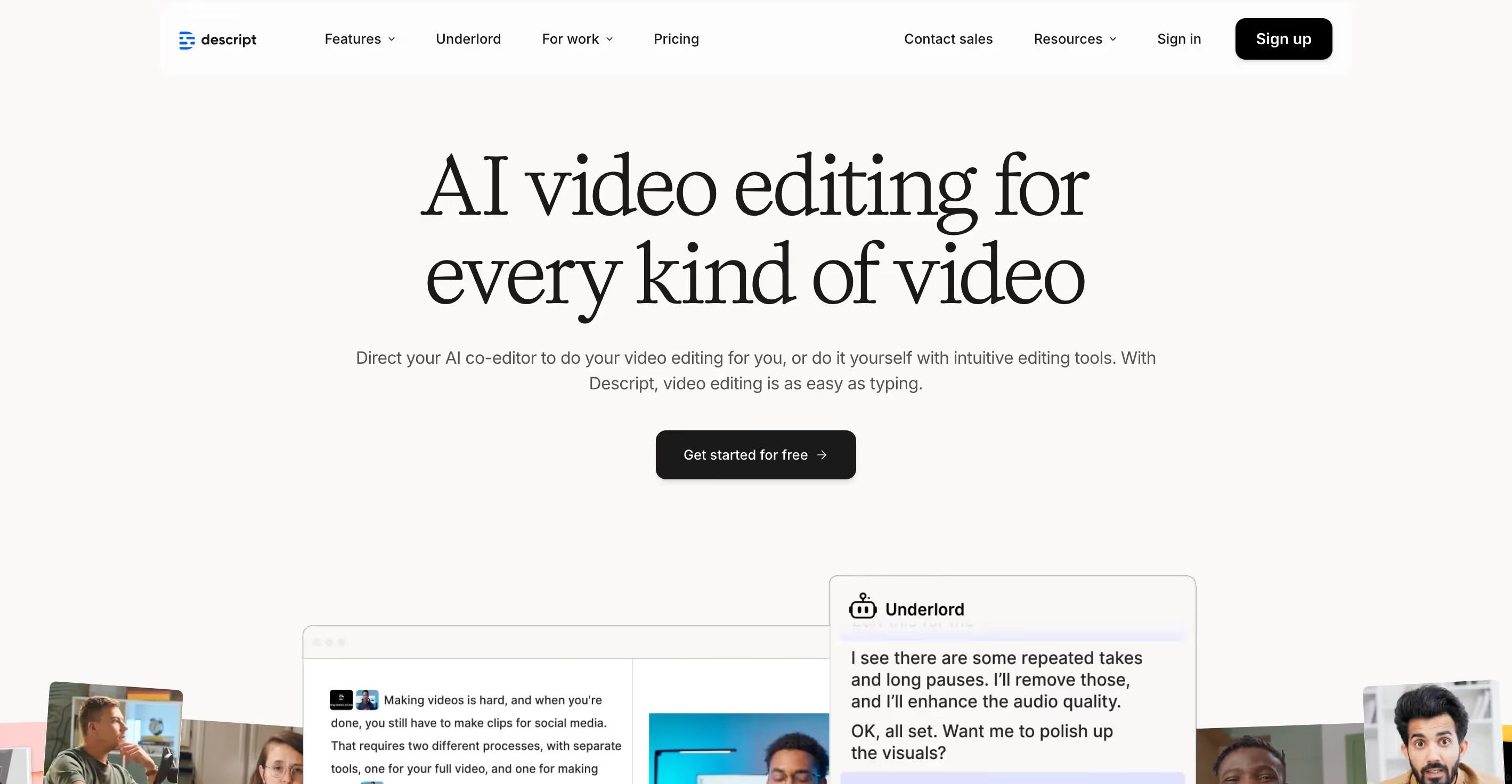
Descript approaches video differently, with its core differentiator being transcript-based editing. Instead of navigating timelines, users edit text, and Descript makes the corresponding video cuts. This saves time for marketers creating tutorials, webinars, or podcasts. Compared to Runway, Descript is less about generation and more about collaboration and polish, with AI features like audio cleanup and highlight reels.
For marketing teams producing high volumes of content, Descript is a practical alternative to traditional editors that require specialized skills.
16. ElevenLabs

ElevenLabs is a standout in AI voice generation, offering a catalog of 300+ voices and advanced cloning capabilities. Unlike text-to-speech tools with robotic tones, ElevenLabs produces natural, expressive narration suitable for product demos, ads, or podcasts. Its differentiator is voice quality and the ability to filter and search for the perfect match.
Compared to generic tools bundled into broader platforms, ElevenLabs excels in specialization. For marketers needing scalable voiceover production without professional recording setups, it’s a cost-effective and high-quality solution.
17. Zapier

Zapier’s differentiation is its role as the automation backbone for marketing stacks. While AI apps like ChatGPT or Jasper generate content, Zapier connects them to CRMs, analytics tools, and email systems. Its no-code builder and 3,000+ integrations make it possible to design complex workflows without engineering support.
Compared to Gumloop, Zapier is more established, though less AI-native. Still, its reliability and ecosystem make it indispensable for teams that want to orchestrate marketing processes end to end.
18. Gumloop

Gumloop positions itself as the AI-native alternative to Zapier. It integrates LLMs like GPT-4 and Claude directly into workflows, meaning marketers can build automations that not only move data but also interpret and act on it. Unlike Zapier, Gumloop includes built-in access to premium models, removing the need for API keys.
Its interface is modern and flexible, with real-time scraping and continuous AI agents that monitor and act on new data. For startups and lean teams, Gumloop offers a faster, more AI-centric way to automate marketing tasks, though it lacks Zapier’s ecosystem scale.
19. Browse AI
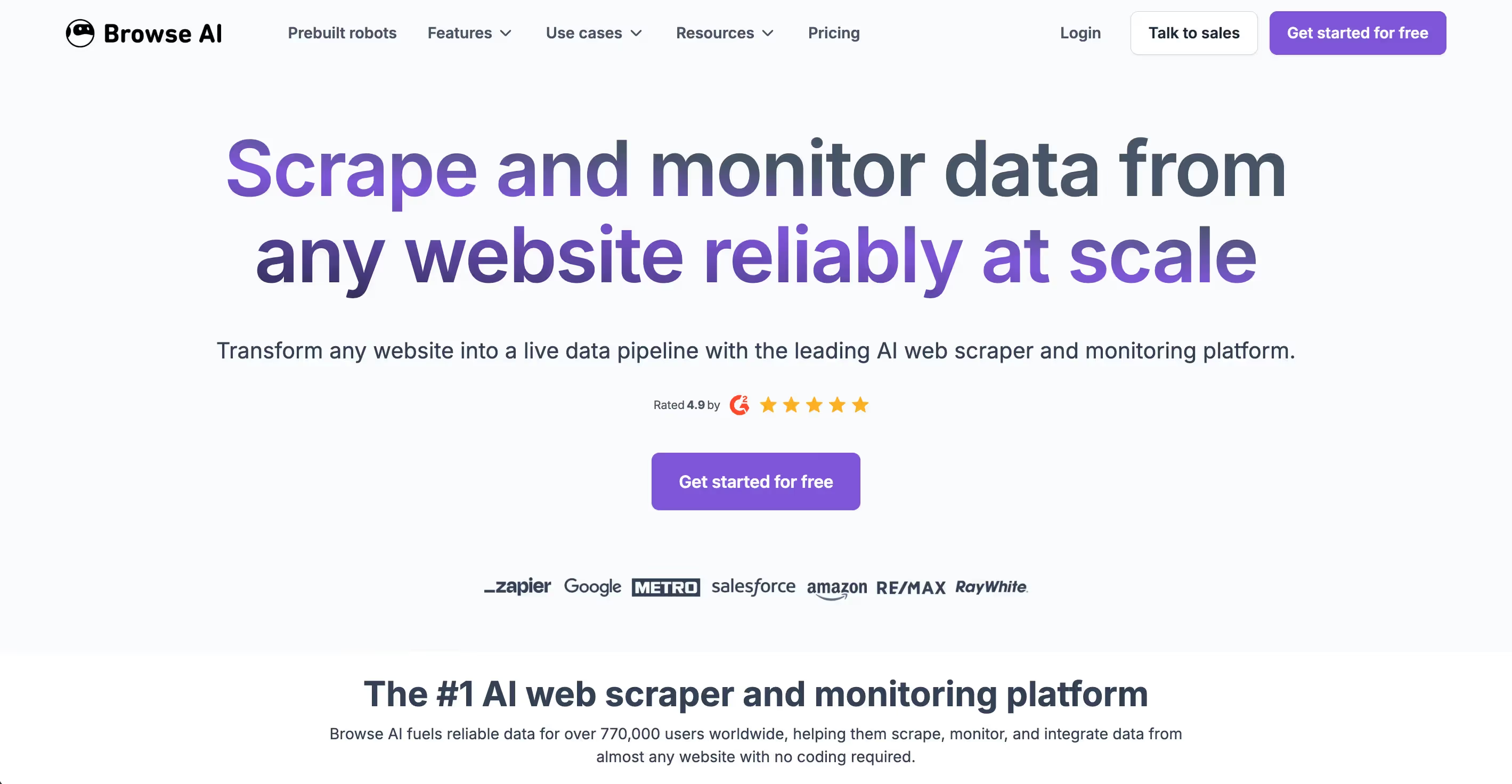
Browse AI differentiates itself as a scraping and monitoring tool that requires no coding. Marketers can “train” a bot to extract competitor prices, reviews, or content, then feed that data into spreadsheets or CRMs.
Compared to general automation platforms, Browse AI is specialized, making it better for competitive intelligence and market research. It’s especially valuable for e-commerce and SaaS teams that need to track rivals or spot new trends at scale. While it doesn’t replace full analytics suites, its ease of use and affordability make it a strong add-on for data-driven marketers.
20. FullStory
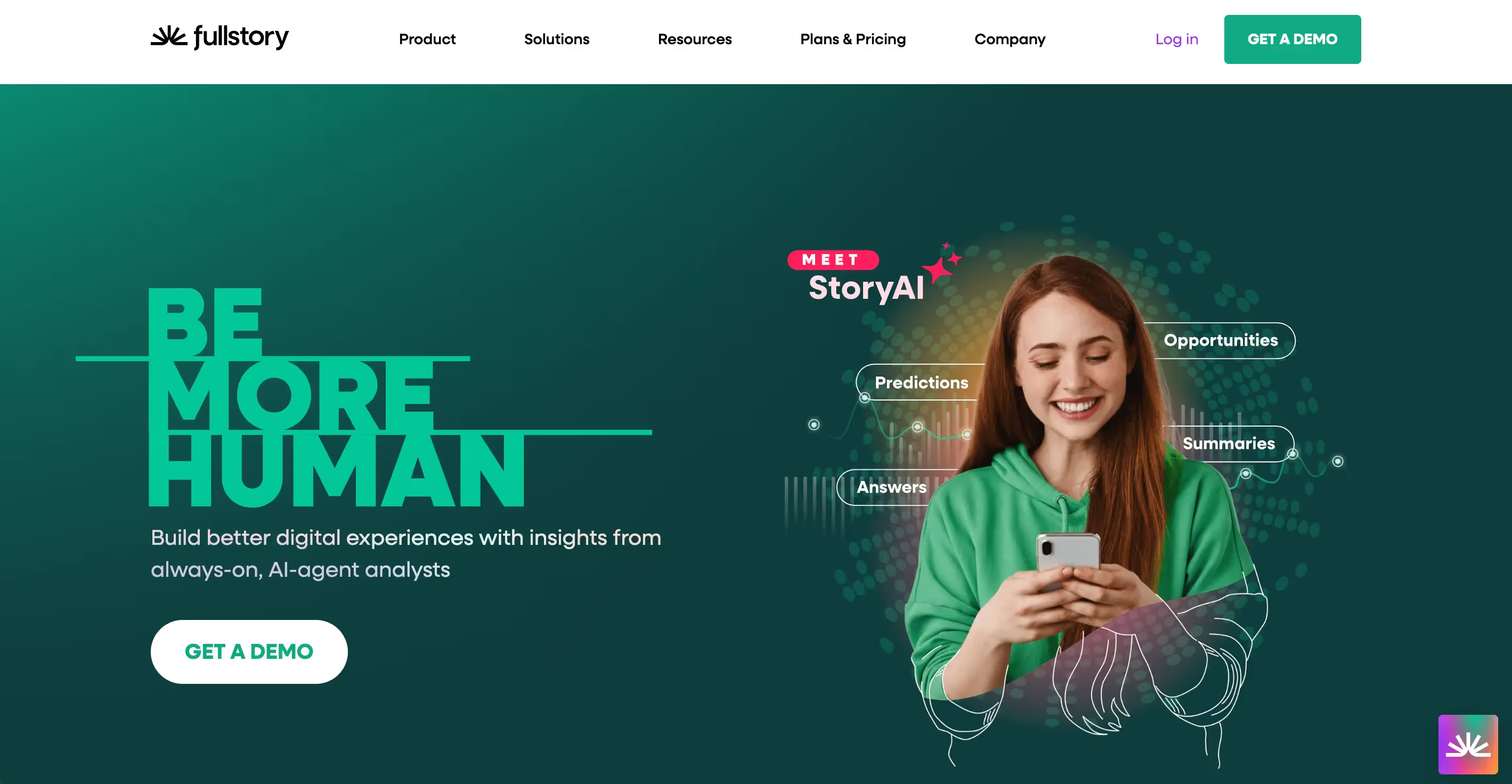
FullStory focuses on digital experience analytics, separating it from traditional AI marketing tools. Instead of creating or distributing content, it tracks every click, scroll, and interaction a visitor makes, building detailed “session replays” to identify friction points.
Compared to heatmap tools, FullStory’s AI highlights patterns and anomalies at scale, uncovering conversion blockers faster. Its differentiator is depth: marketers can see not just what’s happening, but why.
For brands optimizing websites and funnels, FullStory offers insights that directly impact revenue, making it a premium but high-value addition to the stack.
Best practices for adopting AI marketing tools
When piloting AI, identify one or two high-friction functions and start there before expanding across the stack. Here are some straightforward ways to set up AI for long-term success:
1. Start small, then scale
Pick one or two high-friction workflows, and pilot an AI tool there first. Early wins create momentum and help you build a business case before expanding across the stack with complementary use cases.
2. Train the team, not just the tool
Even the best AI fails without user buy-in. Share prompt libraries, support HubSpot and CRM workflows, run internal sessions, and show how AI integrates into everyday marketing campaigns.
3. Measure what matters
Define clear metrics before rollout. For SDR automation, that might be speed-to-lead and cost per meeting. For copy tools, track ranking gains and draft-to-publish time. Tie results to revenue or content marketing outcomes.
4. Keep humans in the loop
AI accelerates execution, but oversight prevents brand or compliance issues. Use QA workflows, approval gates, and audit trails, especially in regulated industries where customer support and brand messaging are sensitive.
5. Experiment continuously
The AI landscape shifts monthly. Test new tools, run A/B experiments with ad campaigns, and document what works. Treat AI like any other social media management channel. Optimize, iterate, and sunset what doesn’t deliver.
Get started with AI marketing
From digital workers like 11x that replace SDR workflows to specialized apps that polish social media posts, govern email campaigns, or amplify content strategy, AI is evolving fast. The through line across all of them is efficiency: small teams can operate like large ones, and enterprise teams can streamline operations without ballooning costs.
The best approach isn’t adopting everything at once, but identifying where AI can remove bottlenecks and improve customer interactions. Start small, measure impact, and scale deliberately. The marketing teams that master this balance will lead the next wave of AI-driven growth.
Among all the AI marketing platforms in this list, 11x deserves special attention. Its AI digital workers handle full SDR workflows, from research and outreach to real-time calls, producing predictive analytics that create measurable impact. Companies report dramatic headcount savings and measurable gains in customer experience.
For GTM leaders looking to scale outreach to their target audience without scaling payroll, 11x represents a new way forward for their marketing strategy.
See how Alice and Julian can transform your funnel. Book a demo with 11x today.
Frequently Asked Questions
AI marketing tools are software platforms that use artificial intelligence to speed up tasks like content creation, lead qualification, campaign optimization, and customer engagement. They help marketing and GTM teams work faster and with more precision.
Traditional automation follows pre-set rules, while AI tools use machine learning to analyze context and adapt outputs. This makes them more flexible—for example, drafting personalized emails or dynamically adjusting ad copy based on audience behavior.
Costs vary widely. Some tools like Canva or Grammarly offer free tiers, while enterprise-grade platforms like Clearscope or 11x are priced on usage and team size. The ROI often comes from reduced headcount needs or higher conversion rates that offset spend.
Not entirely. AI accelerates execution, but humans remain critical for strategy, brand voice, and creative direction. The most effective teams use AI to handle repetitive work so people can focus on higher-value decisions.
Useful metrics include time saved per task, cost per lead, speed-to-lead response, conversion rates, and overall pipeline growth. By tying AI adoption to revenue metrics, you’ll have a clear picture of its effectiveness.


.png)
.png)
.png)
.png)
.png)
